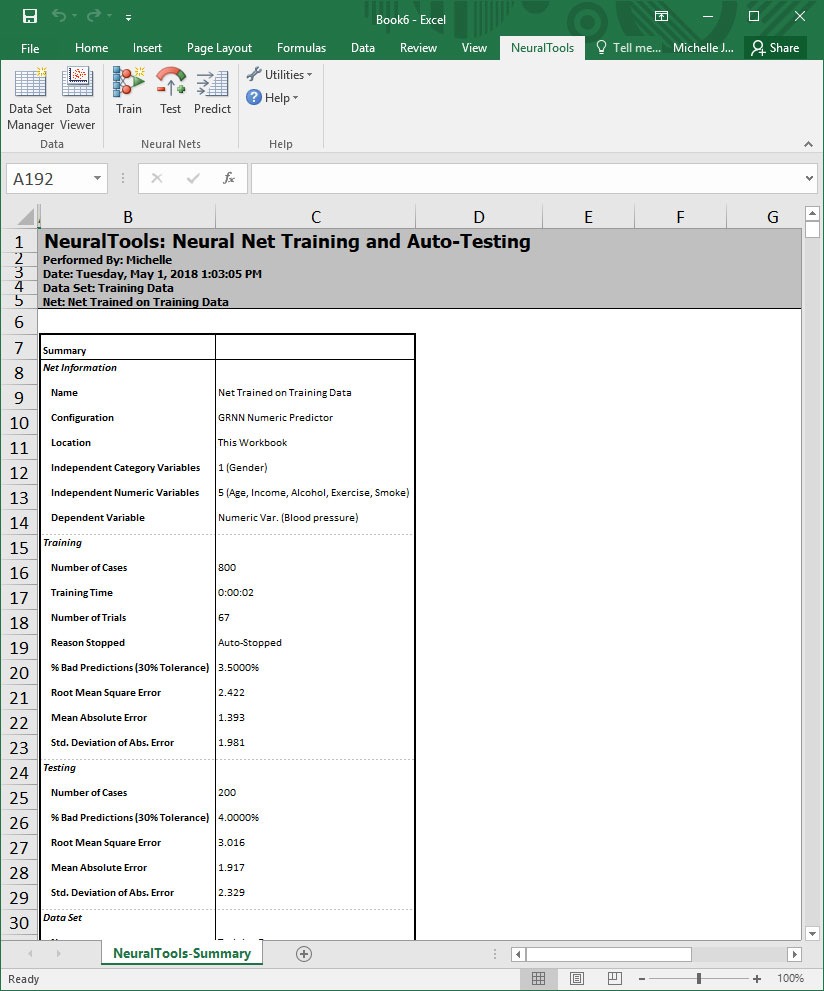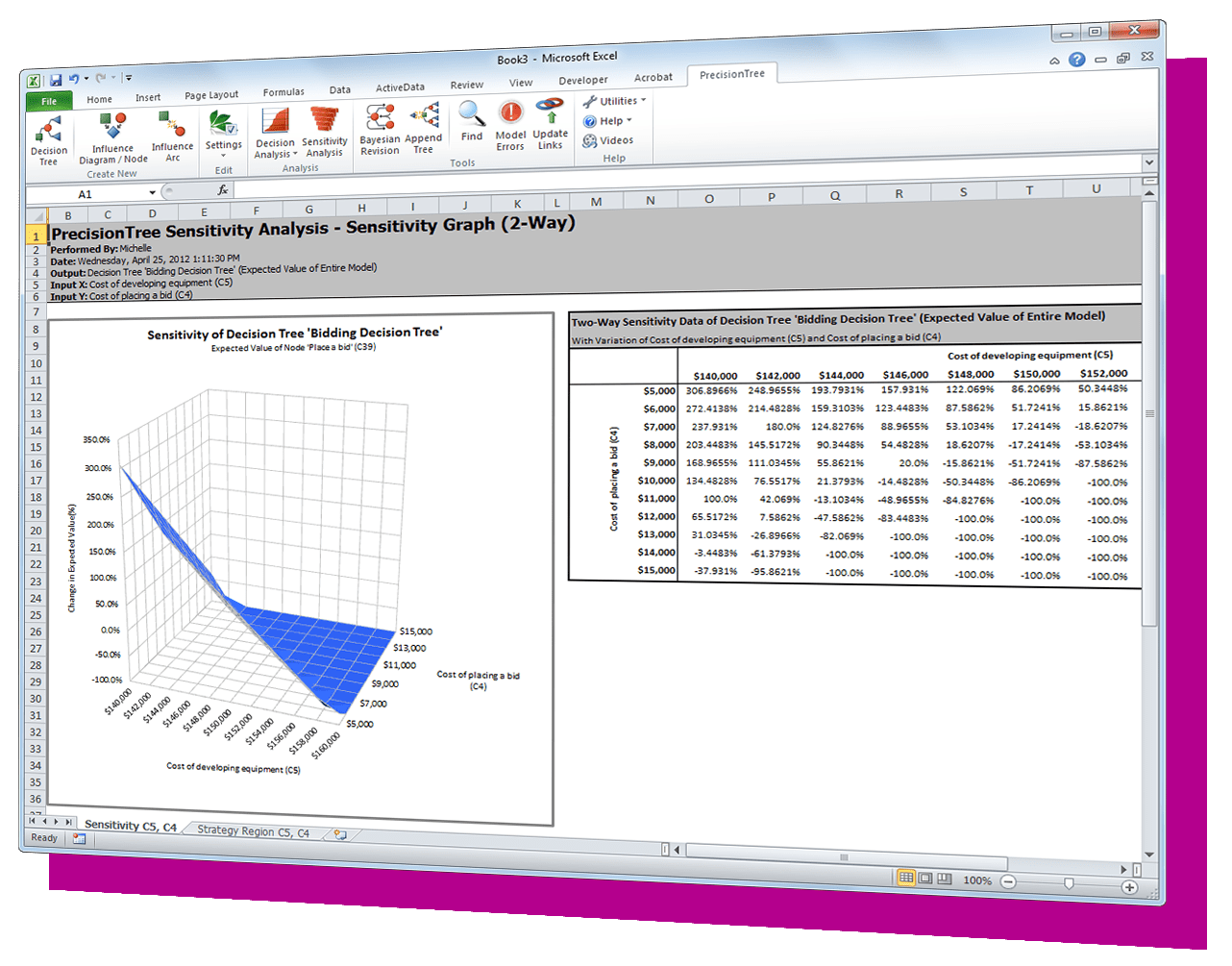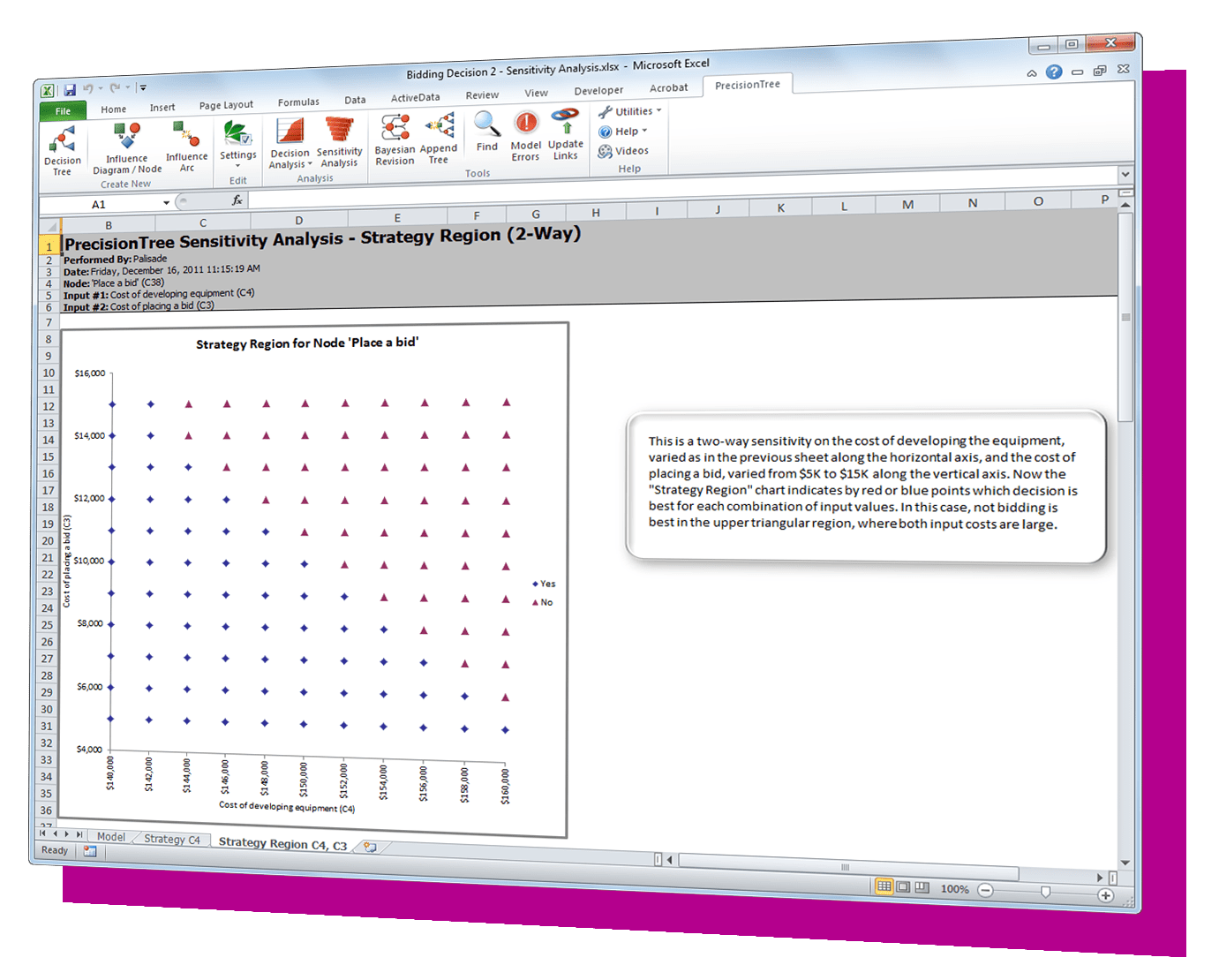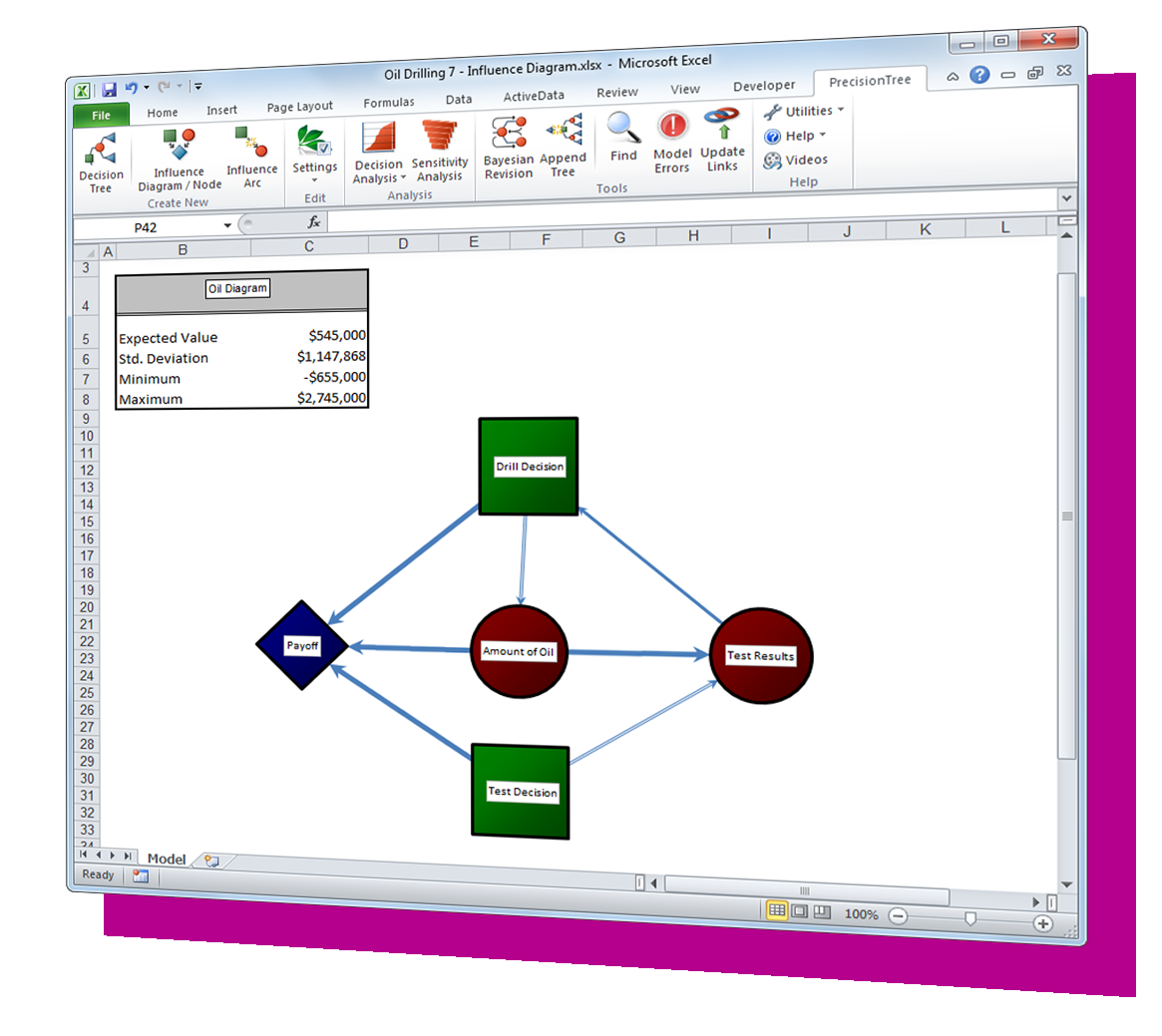

Mitigate Risks












| Feature | Benefit | Professional Edition | Industrial Edition |
|---|---|---|---|
| Optimization under uncertainty | Combines Monte Carlo simulation with sophisticated optimization techniques to find optimal solutions to uncertain problems. Used for budgeting, allocation, scheduling, and more. |  |  |
| Efficient Frontier Analysis | Especially useful in financial analysis, Efficient Frontiers determine the optimal return that can be expected from a portfolio at a given level of risk |  |  |
| Ranges for adjustable cells and constraints | Streamlined model setup and editing |  |  |
| Genetic algorithms | Find the best global solution while avoiding getting caught in local, “hill-climbing” solutions |  |  |
| Six solving methods, including GAs and OptQuest | Always have the best method for different types of problems |  |  |
| RISKOptimizer Watcher and Convergence Monitoring | Monitor progress toward best solutions in real time |  |  |
| Overlay of Optimized vs Original Distribution | Compare original output to optimized result to visually see improvements |  |  |
| Original, Best, Last model updating | Instantly see the effects of three solutions on your entire model |  |  |

Lumivero’s NeuralTools software makes powerful, robust neural networks available to any Excel user. Typically, neural networks are found in large, proprietary enterprise applications, but NeuralTools brings this technique to where most users work, minimizing learning curves and maximizing access. NeuralTools may also be used in conjunction with Lumivero’s Evolver and RISKOptimizer products, which add optimization and Monte Carlo simulation techniques to your models. This enables you to optimize allocation of resources in order to produce the most desirable predicted result, even under uncertain conditions.